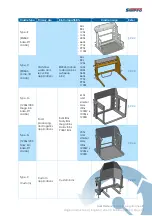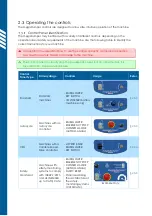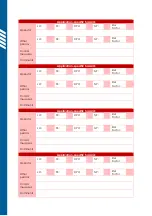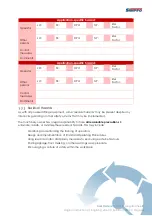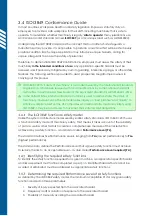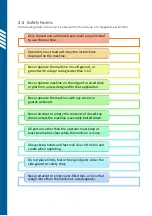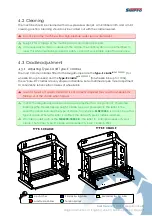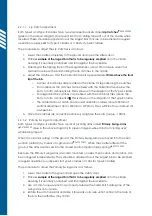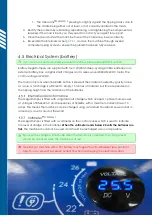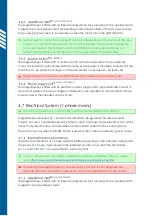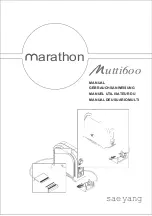
3.4
ISO13849 Conformance Guide
In most countries, Workplace Health and Safety legislation imposes a statutory duty on
employers to provide a safe workplace for their staff, including machinery that is safe to
operate. To determine whether machinery is legally
‘
safe to operate’
many jurisdictions use
and accept an ISO standard named
ISO13849
(or a local equivalent such as AS/NZS4024).
Underpinning the ISO13849 standard is the concept that no matter what safeguards a
manufacturer may provide, it is not possible to produce a machine that will be safe in every
possible condition. Each unique application may introduce unique hazards, calling for
unique safeguards to ensure the safety of personnel.
Therefore, to demonstrate ISO13849 conformance, employers must assess the safety of their
machinery
in the intended conditions of use
. Any application-specific hazards must be
assessed and if necessary, mitigated by custom guarding, interlocks, signage, or other safety
features. The following section is provided to assist prospective MegaDumper owners in
carrying out this process.
ISO13849-
: ‘
Safety of machinery
’
standard issued by the International Standards
Organisation. It has been reissued with local modifications by some national standards
authorities. In Australia and New Zealand, the equivalent standard is AS/NZS 4024.1:2014.
In the United States, ANSI standards are commonly used to demonstrate the safety of
ch H w v , c h US l l l l ‘b c ’ ‘l b l ’
enforce workplace H&S norms, US companies who demonstrate machinery safety using
ISO 13849-1 may be considered to have met their statutory H&S obligations.
The ISO13849 functional safety model
Unlike the
system architecture
model used by earlier safety standards, ISO 13849-1:2015 uses
a
functional safety
model of machinery safety. That means it takes account of the reliability
of parts as well as other factors to create a comprehensive measure of the risk reduction
achieved by a safety function
–
an indicator called
Performance Level (PL).
The standard defines five Performance Levels, ranging from
PLa
(lowest performance) to
PLe
(highest performance).
The standard also defines the Performance Level that a given safety function must achieve
to reduce the risk to an acceptable level
–
a value called
Performance Level required (PLr)
.
Identifying the required safety functions
To identify the safety functions required for a given machine, an application-specific hazard
and risk assessment must first be completed as per
. Identified hazards that cannot be
avoided or eliminated must be addressed by appropriate safety functions.
Determining the required Performance Level of safety functions
As defined by the ISO13849 safety model, the minimum acceptable PLr for any given safety
function is based on three parameters:
1.
Severity of injury expected from the associated hazard
2.
Frequency and/or duration of exposure to the associated hazard
3.
Possibility of manually avoiding the associated hazard


